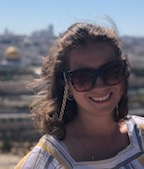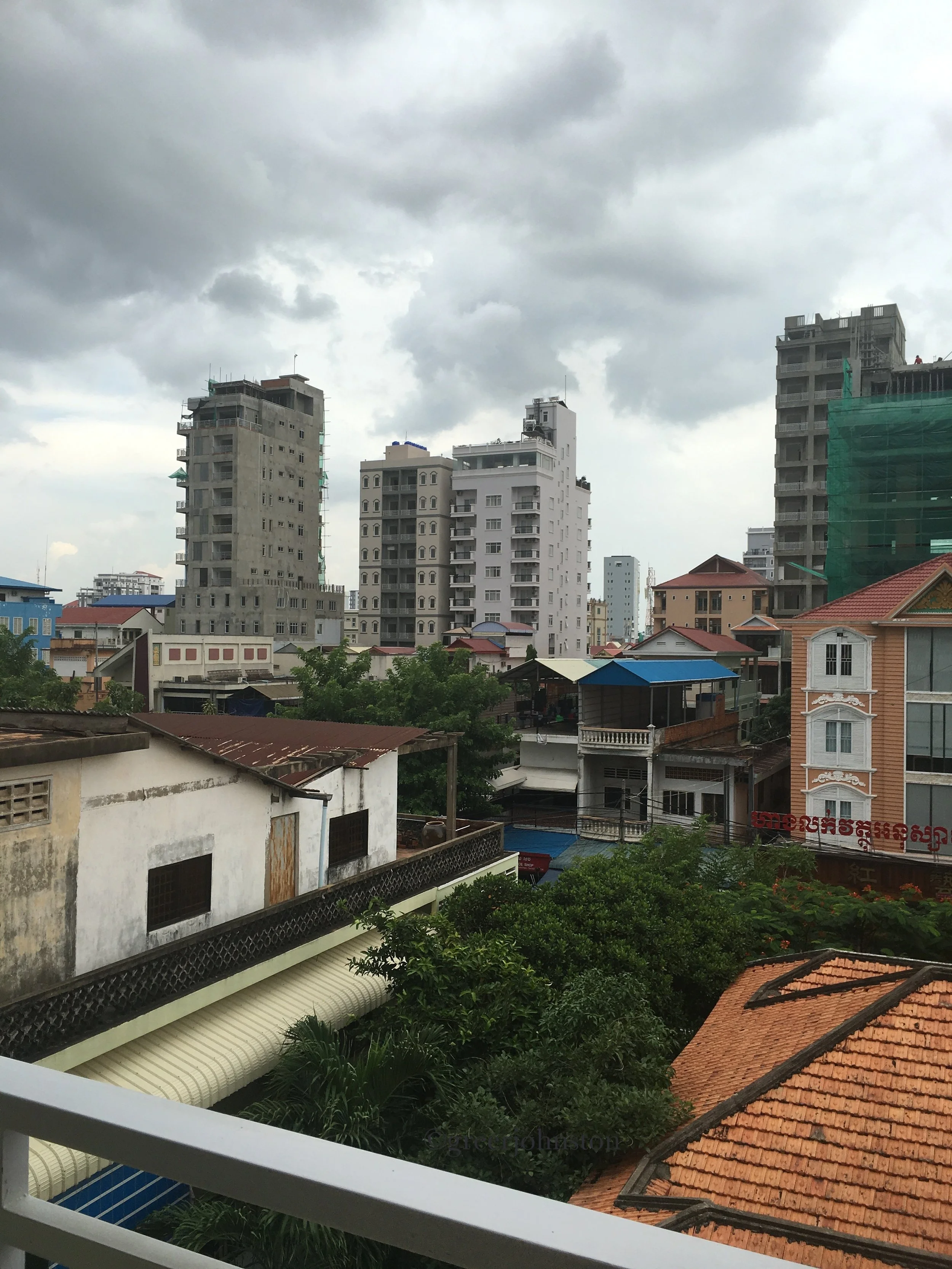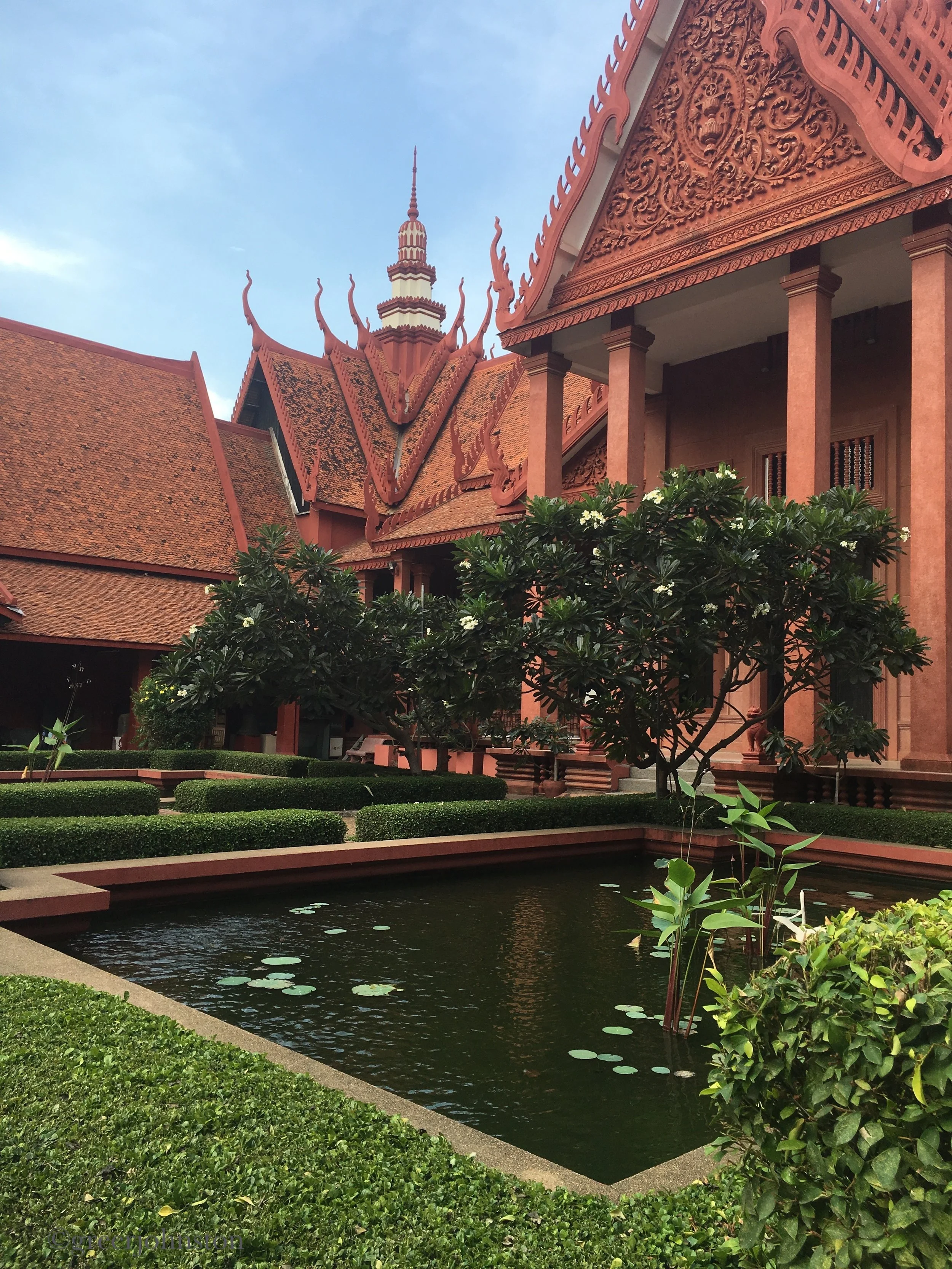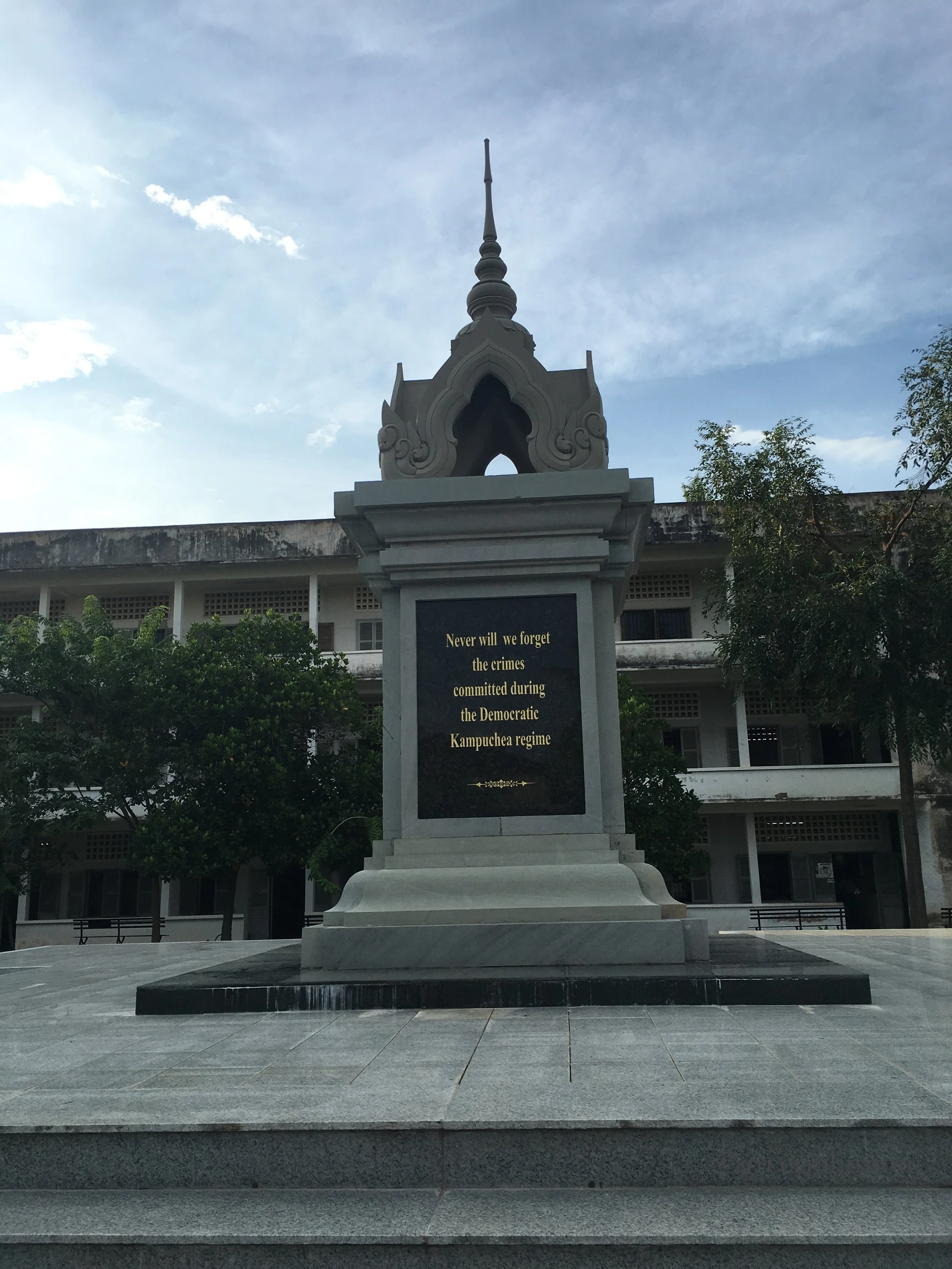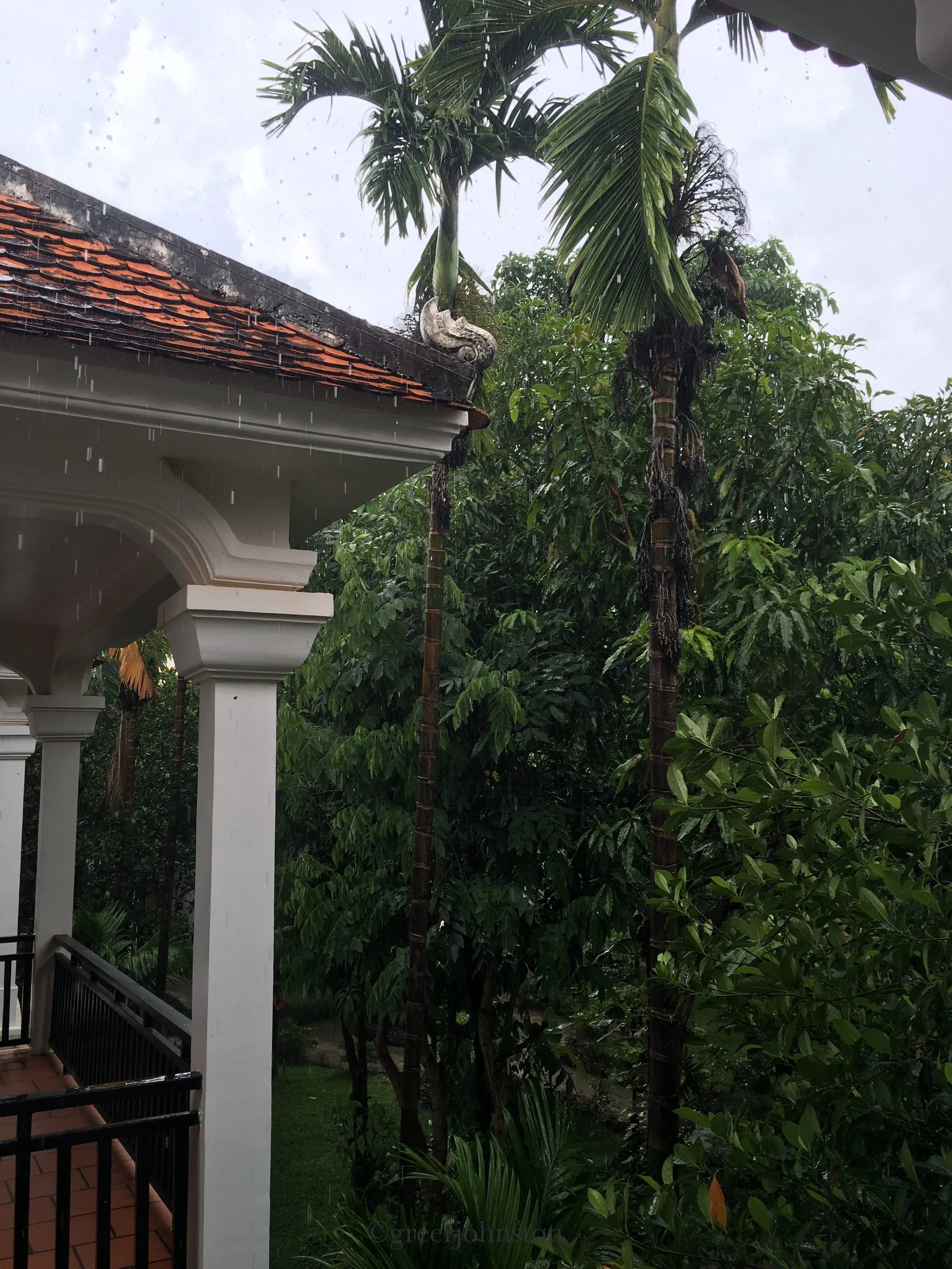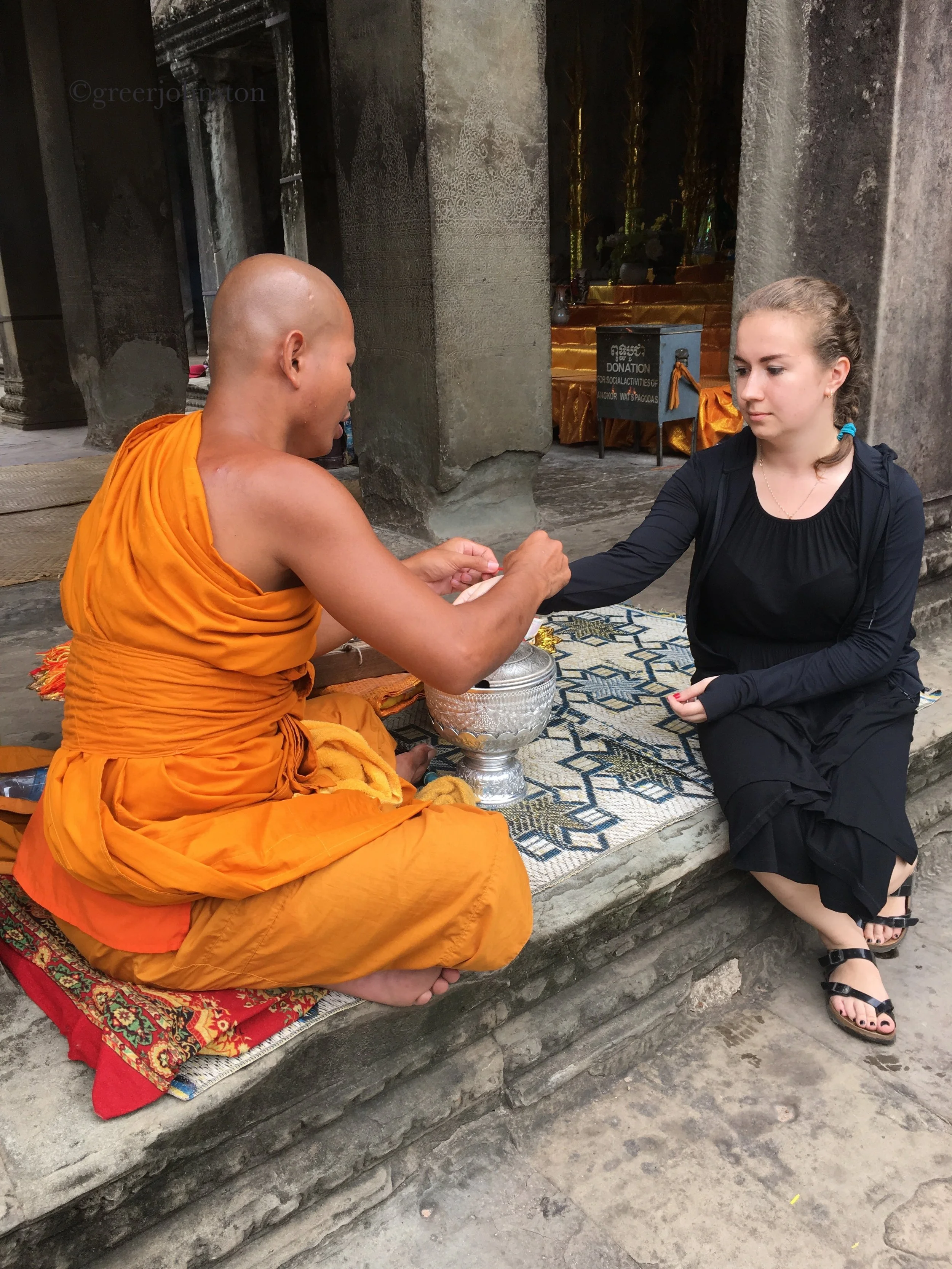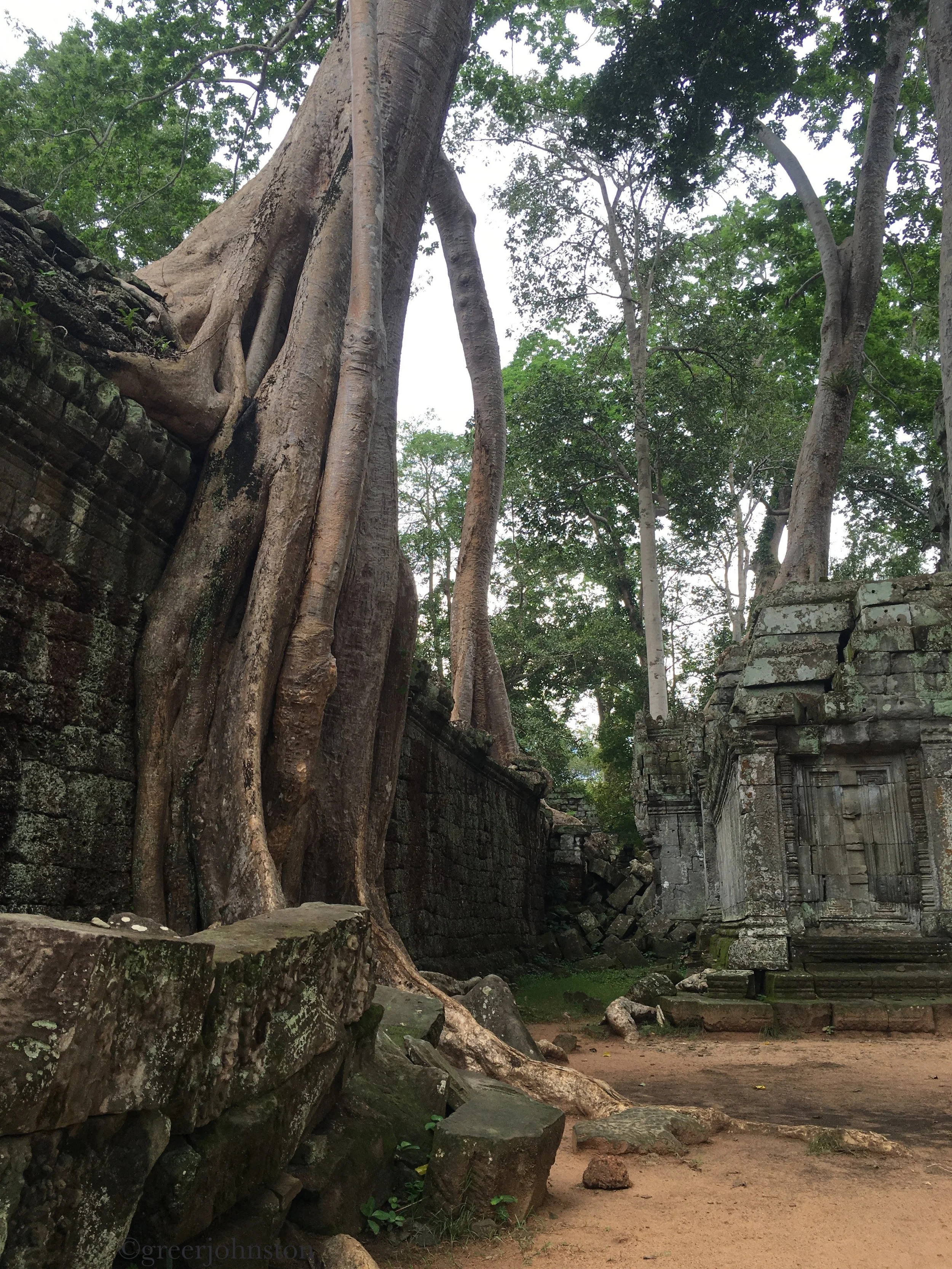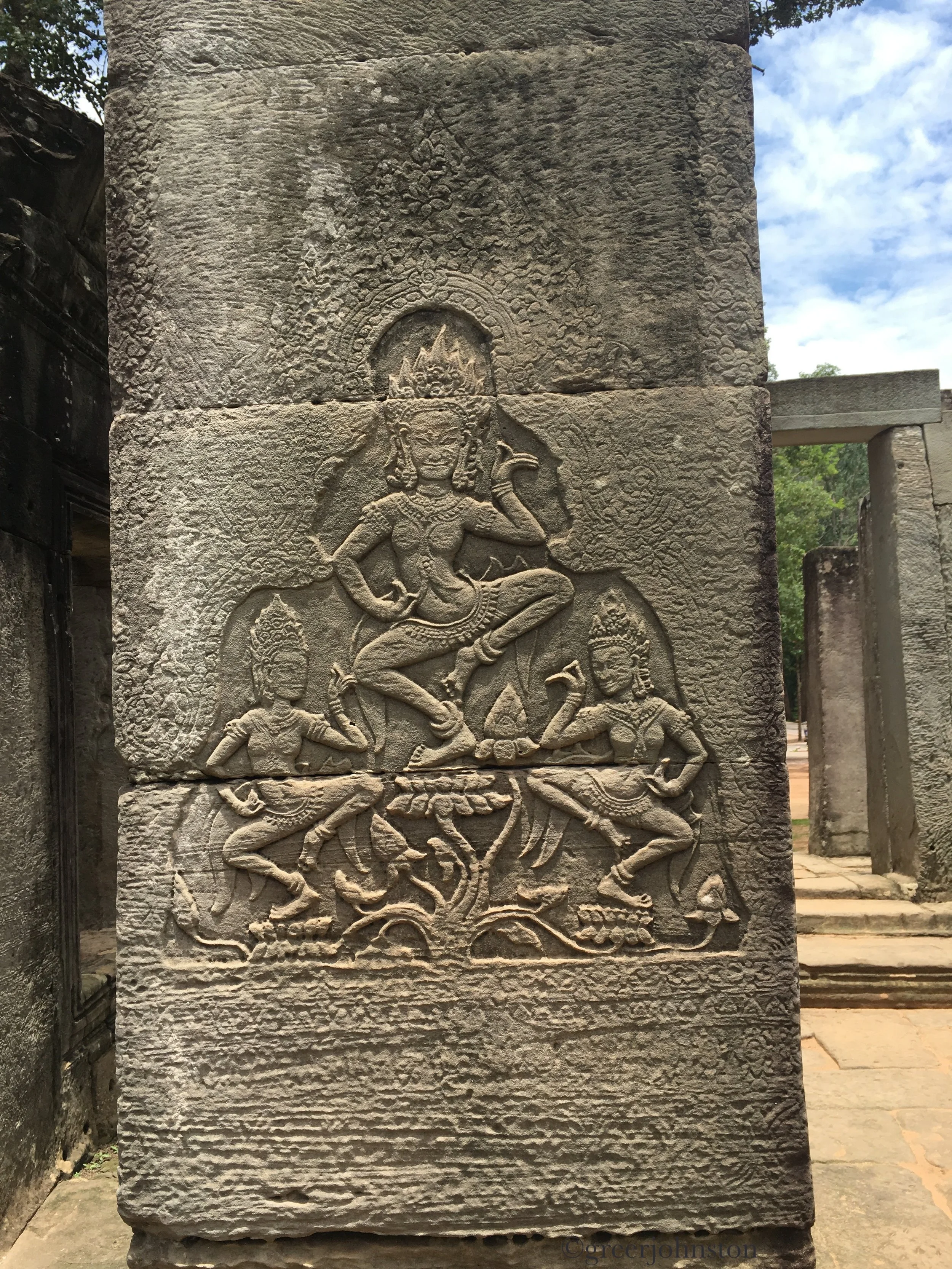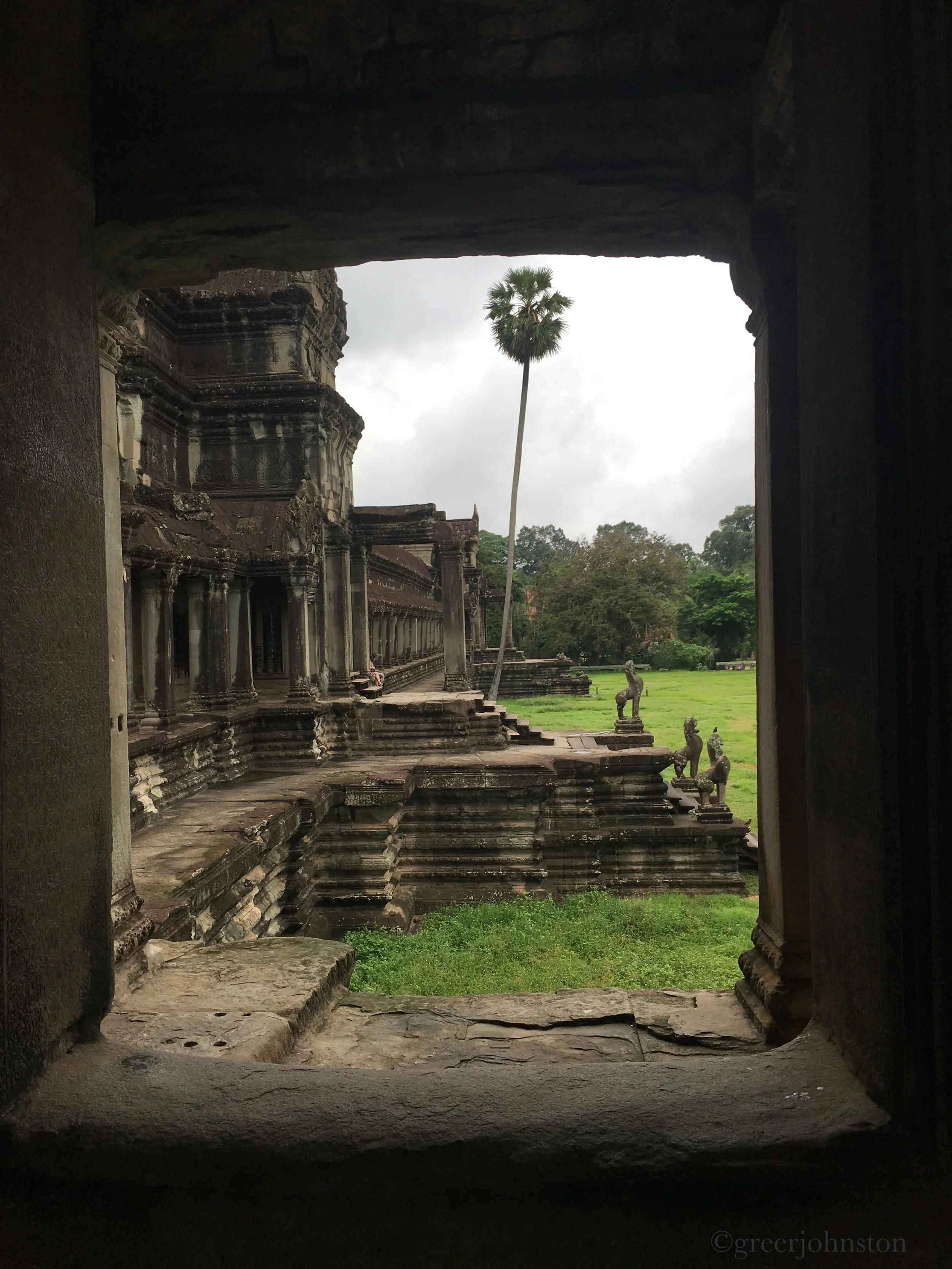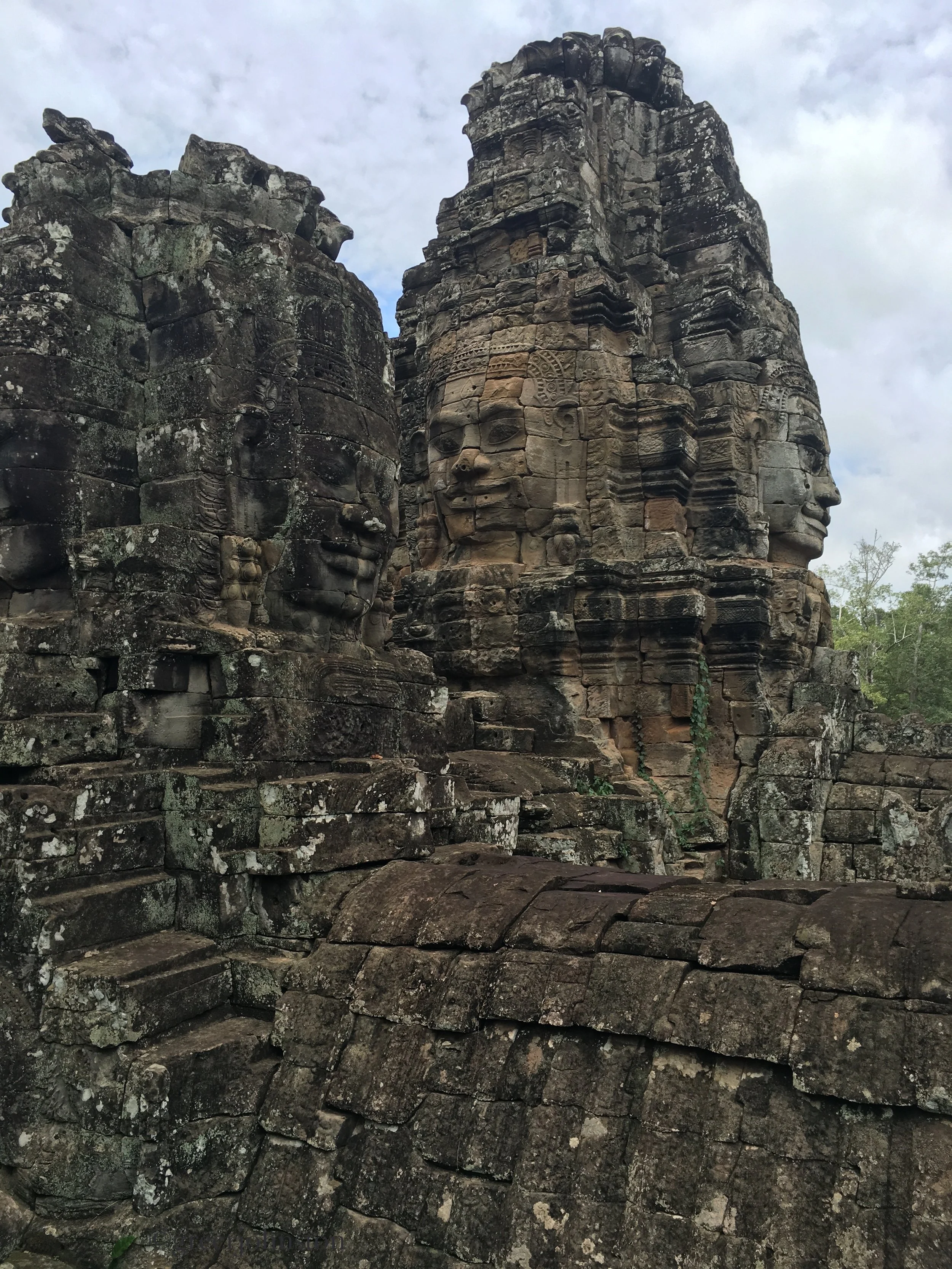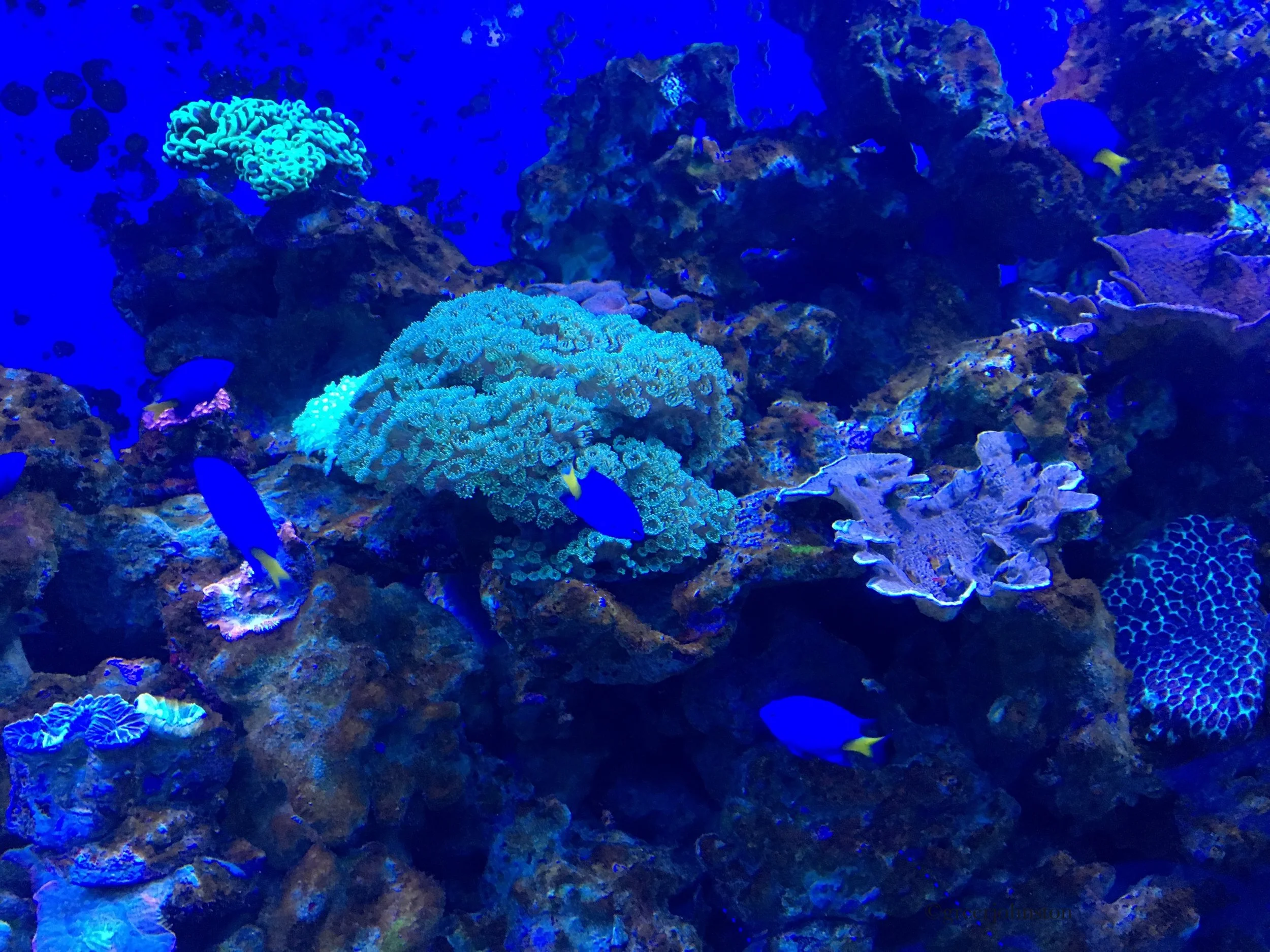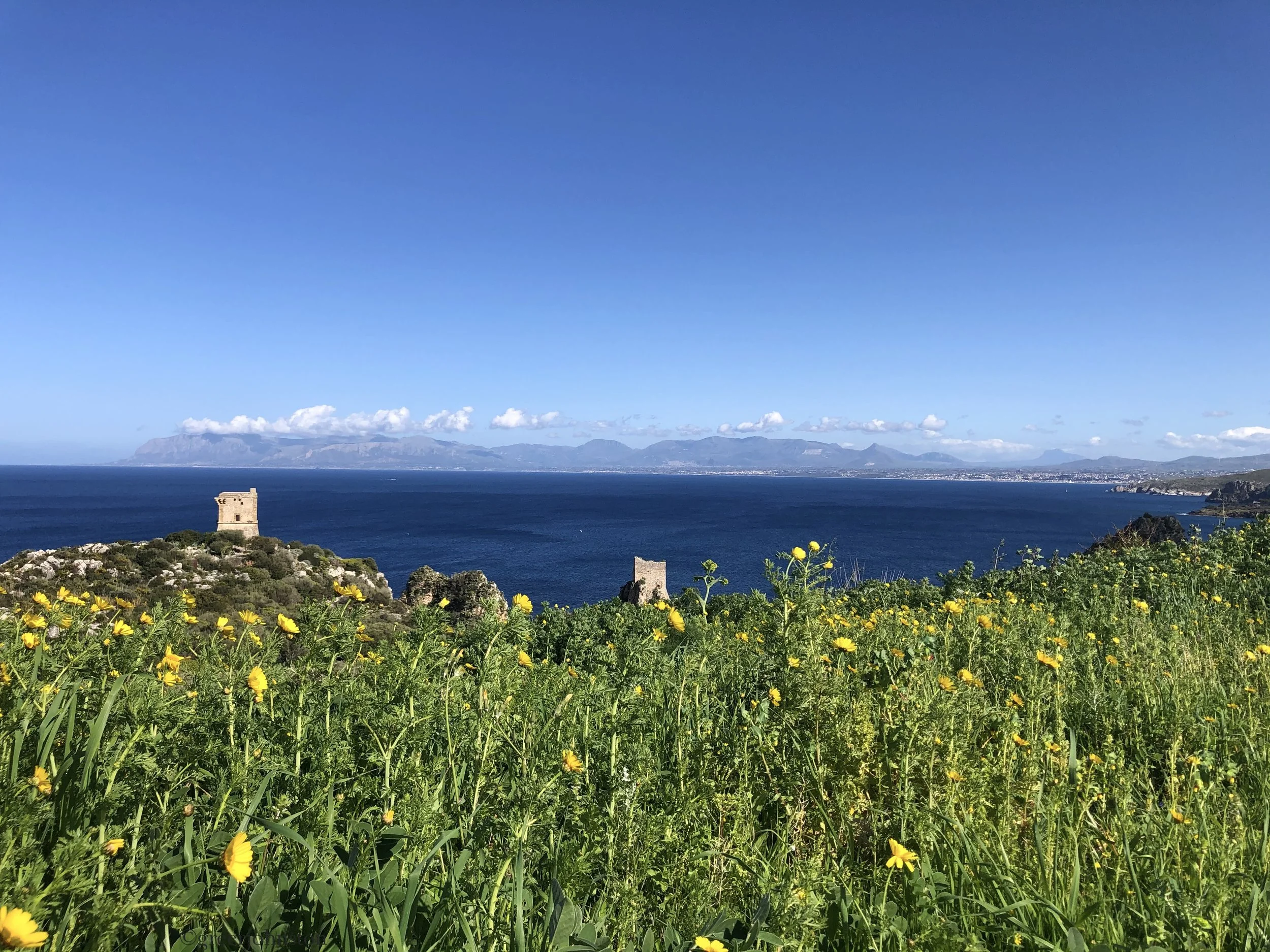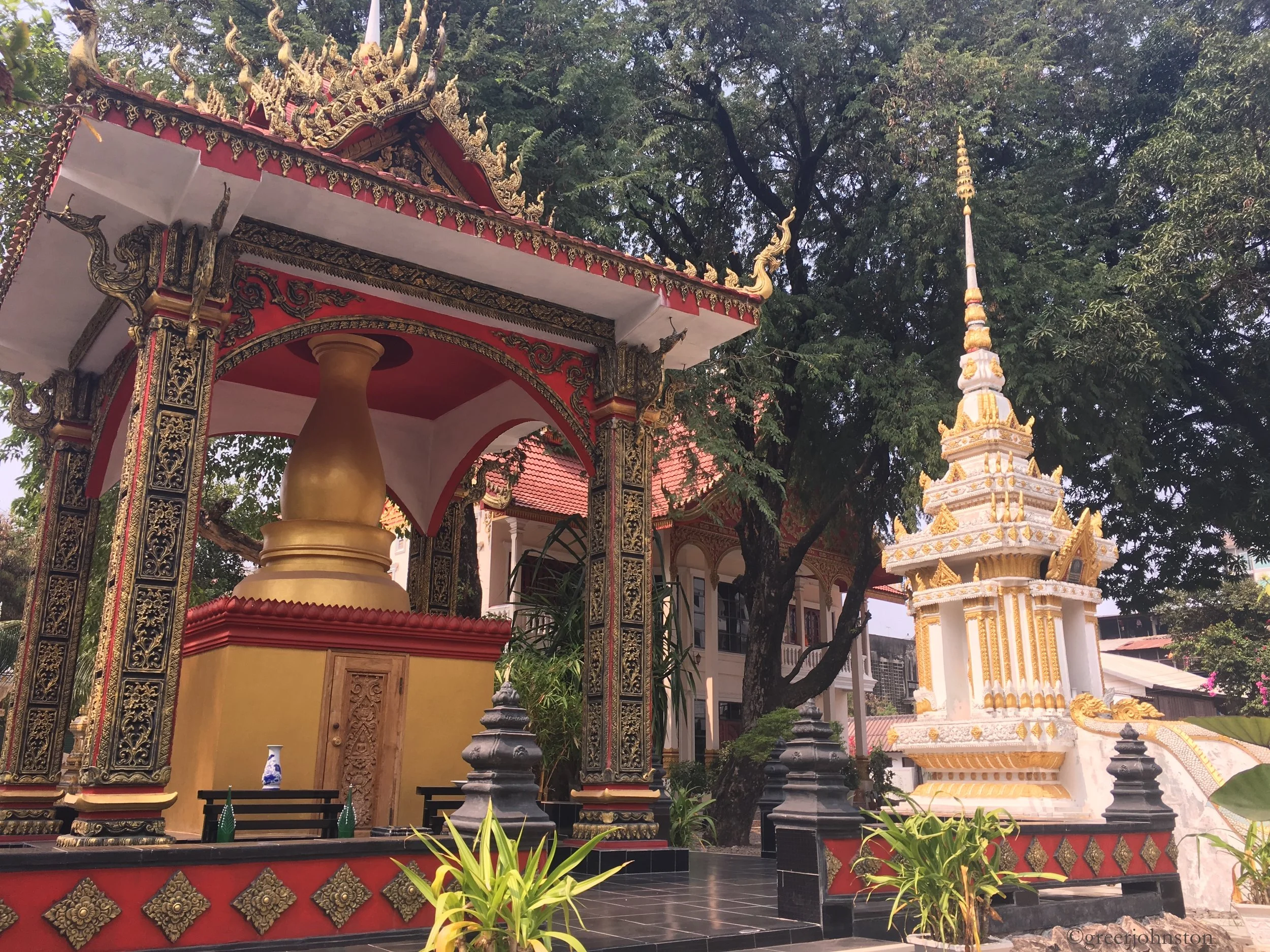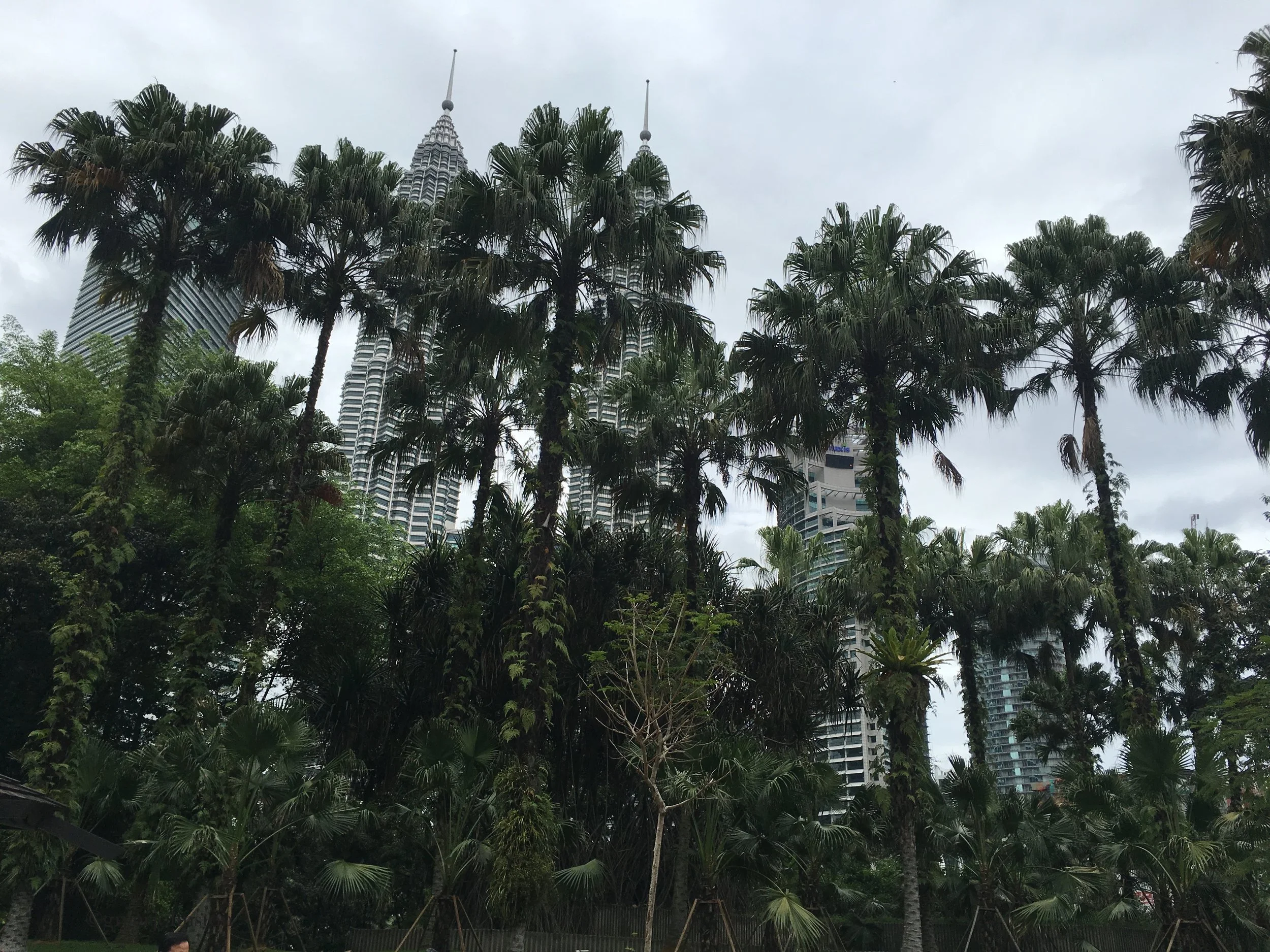Phnom Penh, Siem Reap, and Angkor Wat
While I was living in Thailand, I was fortunate to have the opportunity to spend some time in Cambodia. I had a friend who was doing a summer internship there, and I couldn’t pass up the opportunity to see her, and to visit Cambodia with someone who had a deep understanding of current and past events there.
I spent a few days in the capital, Phnom Penh, before heading to Siem Reap, the home of the large temple complex of Ankor Wat.
This trip was as much a personal retreat as it was a dive into what it means to be a part of humanity. It is one of many trips I’ve taken to parts of the world that have seen unspeakable acts of violence, and that past leaves a mark on the people who are still living there today, their trauma becomes a place tourists visit, walk around with their headsets on and listen to stories. But I wonder how much they really come to understand that we all share in this humanity. It is only by fate and God’s will that one was born on one side of the river or the other, but too often that void leads some to think they are above vulnerability. I wish by visiting these places, we could be humbled by our common humanity.
Skyline of Phnom Penh
I have very few photos of this trip, and therefore really have to search my memory to retrace my steps. I remember driving through Phnom Penh, and seeing areas cleared for development, and that development underway - construction equipment I don’t know the names for lined the skyline. Chic cafés aimed at expats with Western prices and design meant that one could feel a neocolonial divide between the “expats” and the locals, who, if they moved to any other country, would instead by labeled as “migrants.”
Cambodia National Museum
I remember visiting the Cambodia National Museum, with it’s tranquil courtyard and displays of historical and cultural artifacts.
I remember tucking my backpack between my legs as we squeezed into the back of a tuk-tuk, our phones hidden inside as young men on motorbikes wizzed by. I had been advised by my friend that bag-snatching and phone-snatching was very common, and even potentially dangerous. That’s another reason why I don’t have many photos from this trip.
Monument at Tuol Sleng (S-21)
However, the most significant reason I don’t have many photos from this trip because I did not want to take photos of the sights of genocide. When visiting them, I was absorbed in the moment, viscerally experiencing the stories of victims and survivors being read aloud in the audio guides. I still remember walking through the classrooms of Tuol Sleng (S-21), the school that was turned into an sight of detention and torture. I remember the posters with the faces of those who were imprisoned there. I remember standing in a room where all that separated me from the events that took place there was about 40 years and 8,000 miles. But it could have been yesterday, that’s how close it felt.
I remember walking through Choeung Ek, one of the Killing Fields, which I had first read about in high school, in the memoir, First They Killed my Father, by Loung Ung. She was a young child during these events, and eventually she ended up moving to Cleveland, Ohio, where I grew up, which is I think one reason why her book ended up being featured in our curriculum. I remember reading her story and feeling like it could be my own. I felt a sense of my own vulnerability that is not defined by nationality or citizenship but by a sense of humanity. I recognized that feeling of safety, of security, of “that could never happen here” sense of freedom that people would have described of their lives before the events began to take place. They are the same words you hear across the globe before that unimaginable thing actually does come to pass. I think that is what too many of us take for granted. We look at areas of the world affected by war, or occupation, or natural disasters and fail to consider that before those places made the headlines, they were living just like us. People fail to see that any place can become that place, tomorrow. And therefore, they cannot open their hearts to consider those people to be people, just like them.
No one who died in the Killing Fields could have imagined that would be their destiny. They were everyday people, doing their best for their families and their country. They were born with hope and they grew up dreaming dreams. Just like you and me.
I remember that I then traveled to Siem Reap, another hot spot for Western backpackers, adjacent to the large temple complex of Angkor Wat. Large does not really begin to describe this place though.
Raining at the hotel
I remember that I stayed in a small hotel, one that seemed to be nestled in the jungle, and I remember there was a pool. I laid low during this visit, I think I went to meet my friend in the backpacker’s area for dinner once, and that we took a stroll through the market. Other than that, my main aim was to visit the temples.
I am not sure if you can visit the grounds without a guide, but I can imagine you might get lost without one, in addition to missing out on a wealth of information about what you are seeing. I arranged a guide in advance from a personal connection, but others I know have just showed up to the entrance and met one there. If I am not mistaken, we must have had some type of transportation to get around from one area to another - a tuk-tuk is coming to mind.
The first stop is the famous sunrise in front of the reflection pool. And several other stops to see the most photogenic spots: banyan trees that seem to be taking the ruins that have been there for centuries back into the earth. There are a myriad of different temples, areas to visit - you could spend days here and not see it all.
I had a monk tie a red string around my wrist. I left it on for a long time, years actually, and I’m sure I still have it somewhere.
While some of my memories from Cambodia are hazy, lost to time, there is one that I will never forget, and that I would like to leave you with. It is a YouTube video that features a song that played during the audio tour at Tuol Sleng (S-21). It’s called “Oh! Phnom Penh!” and it is haunting. It features scenes of destruction of the Khmer Rogue’s reign, and the singer sings of longing to return to her beloved homeland.
I hope I will be able to return to Cambodia one day, to reignite my old memories and create new ones. To celebrate Cambodia’s present and future, while always remembering those whose lives were lost or forever changed due to the past.
Note: The header image is from the reflection pool at Angkor Wat.
